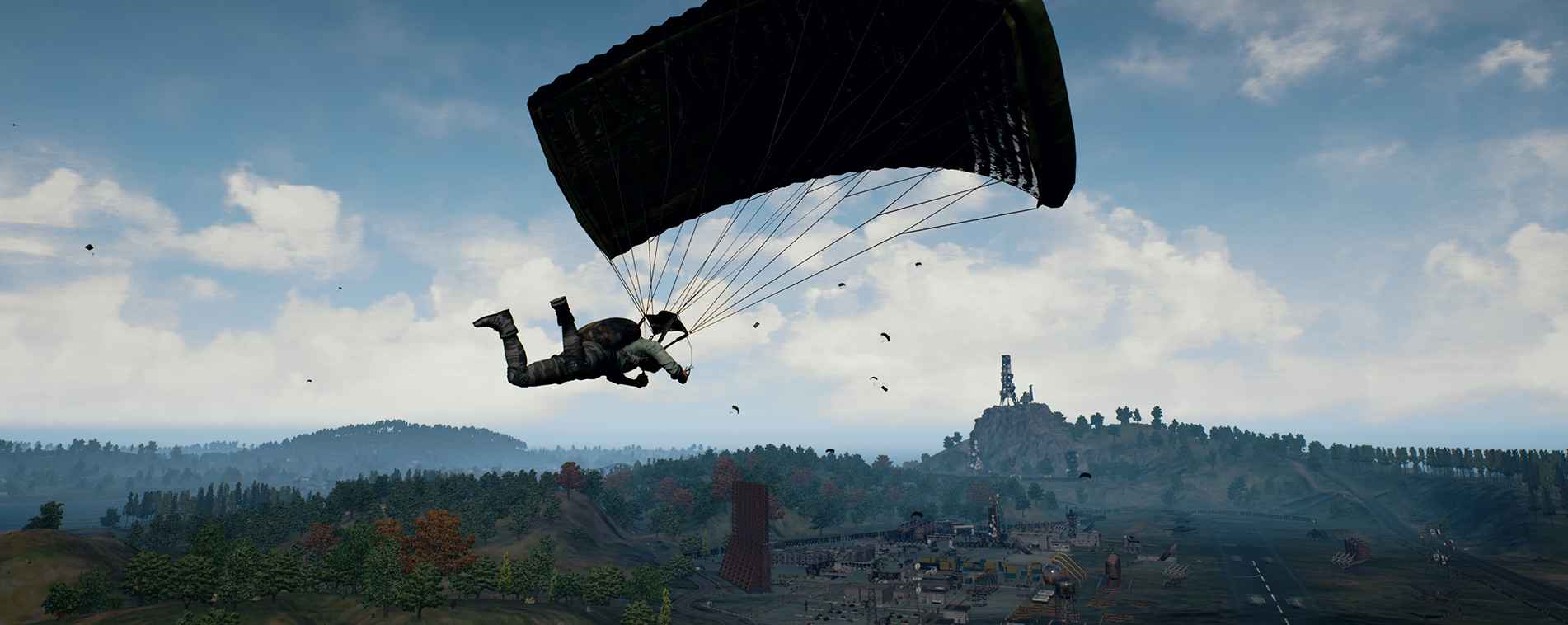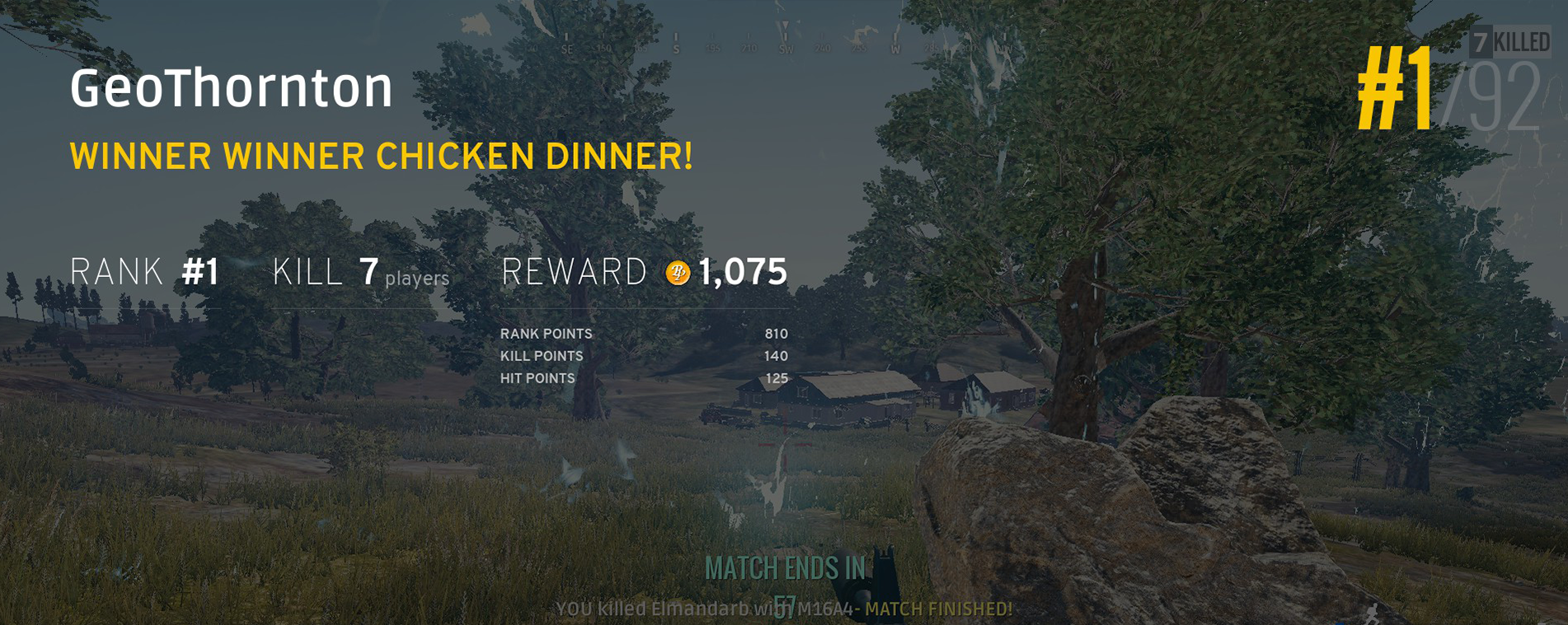
PUBG Case Study: Know Your Audience to Dominate Market Share
When video game enthusiasts talk about e-sport games, they reference games that feature a team of players trying to eliminate another team within a virtual map or complete an objective. Popular e-sports games of this decade include: “Counter Strike,” “DOTA,” and “Starcraft.” These games are popular because they have specific objectives and cater to a niche target audience. With the positive buzz surrounding the emergence of e-sports games, it has come as a shock these videos games had a significant drop in market share over the past 12 months. Why the sudden change? An early release video game titled “PLAYERUNKNOWN’S BATTLEGROUNDS” (PUBG) came to market seemingly out of thin air and became a sensation overnight due to word of mouth in the gaming community.
Know Your Audience. Gain Consumer Confidence.
A gaming trend in the past two years has been the battle royale-style game, meaning players are virtually connected on a constantly shrinking map with 99 others gamers, and the goal is to be the last player standing. The idea of the game is to establish a survival of the fittest type “sport” where the best player is the person who survives the longest. Players are encouraged to interact with and conflict with one another organically, not simply because they were spawned into the world, and are expected know the objective.
The battle royale genre has had a growing gaming community for the last three years with many players waiting on a breakout title with e-sports aspirations to be released. Brendan Greene, known by the gaming community as “PLAYERUNKNOWN” and for his work on other battle royale games, announced he would begin development of a battle royale game not made as a mod, or homemade edit, of another video game – nor as a quick cash grab – but as a legitimate, e-sports game.
Greene’s announcement had casual gamers and professional gamers alike excited. Having an e-sports celebrity announce something a standalone title in a genre he helped pioneer gave the gaming community hope. Until late 2016, most battle royale games were developed at home by modders or companies who didn’t normally release shooter-style games. Having a big budget attached to someone known for developing this genre from the ground up was like horror icon Wes Craven returning to the genre and directing the movie “Scream” – critical and financial success was nearly guaranteed. Based solely on the premise of an “e-sports ready” battle royale style video game, e-sports organizations such as Cloud9, FaZe, and Team SoloMid all preemptively signed teams of players to compete on their behalf.

Timing is Everything
PUBG was released in March 2017 via Steam’s early access program to massive financial success, and sold more than two million copies by the end of April. By September 2017, the game sold more than 20 million copies. There were many factors that led to PUBG’s success, but a major contributor was concept. The game’s concept was important, but the underrated aspect of this game’s viral success, and the marketing lesson to learn, was timing is everything. From 2015 to 2016, the popularity of e-sports games were beginning to wane. By March 2017, e-sports viewership numbers were down nearly 45 percent from the previous year. (from more than 490,000 peak viewers in 2016 to 220,000 in 2017.)
PUBG was not only released at a time when viewers were leaving the game’s genre but popular players were leaving too. Industry influencers with gamer names Shroud and Summit1g are talented e-sport gamers and two of the most popular streamers on twitch.tv, the gaming community’s platform of choice to view e-sports games. These high-profile gamers were asked to play PUBG’s early release, which also made them among the first to adopt it as their new game of choice. Having tens of thousands of viewers watching PUBG’s early release game played by industry influencers no doubt contributed to the success the game enjoyed.
From a marketing standpoint, PUBG not only hit its target market in a big way by building a polished version of a trending game genre, but also timed its release at the perfect time to capitalize on waning consumer interest in what would have be its biggest competitors and largest barrier to entry only a year ago.
What to Learn
It is can be a good idea to jump on a trend as it is becomes popular, and being the trendsetter is can create a cornerstone in the market. However, sometimes waiting on the right moment to capitalize in an established market can lead to more success and longevity as a brand. In PUBG’s case, it was developed by the creator of its genre, with the a high enough budget to create the best possible project, and, with a the right release timing, became the biggest smash hit in gaming history.
Quantifi Digital studies marketing trends from every market. Our goal is to take the lessons we learn from these cases and apply them to your business.

